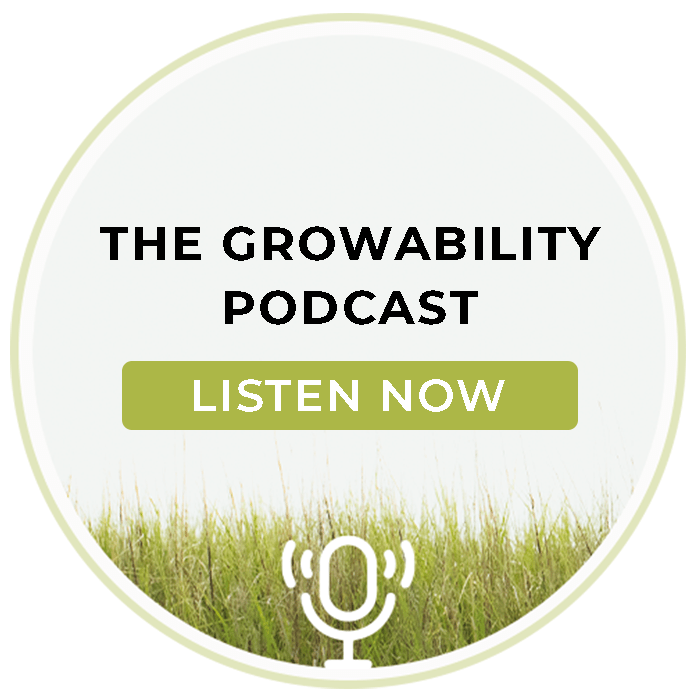The right team will set the foundation of success for your company. If you want to win big in sales and marketing, you need the right mix of team members to get the job done. Anything less may result in not just failure but complete loss.
Ensure You Have the Right People and Plan (Part 1)
Ensure You Have the Right People and Plan (Part 2)
Did you know that there is a hidden opportunity in creating the right team that frequently goes overlooked?
If you identify the strengths and empower your team to use them, there is no stopping the inertia that builds from that momentum. The Growability™ Strength Finder 2.0 Tool helps you identify each person’s given strength. Our tool simplifies the complex and allows you to best understand the strengths of you and your team so you can perform at your absolute best.
Here are 3 ways you can identify strengths and build the right team right now.
1) Find the fountains
A fountain is an individual in an organization that is an idea factory. They come up with workarounds, fixes, and solutions to problems or opportunities.
I met a guy named Warner Butters who eventually became one of my mentors. He was a hospital administrator and was hired to take on a hospital that was in an 8-year decline and made almost no money. Frankly, It was a hot mess.
What Warner found out when he entered this hospital is that the fountains were being shut down by the system. Every time there was a good idea, it was knocked down so good ideas weren’t circulating in the hospital.
“I have to figure out how to empower fountains to bring their best ideas to the table and then establish a good system with effective processes.”
Fountains are great to have in your organization. These people are your idea generators. They have insight into how things should be done and can generate ideas, concepts, and workflows. But, fountains alone can be dangerous.
2) Find the Builders
You get a builder who can come in, analyze the ideas, and build structures around the ideas. They create containers for the concepts. The water flows into the buckets so we can contain it, replicate, and profit from it.
Without builders, fountains tend to make a mess. Builders give places for the fountain’s ideas to go. You may have someone in your organization who is great at coming up with good marketing ideas and campaigns. The builder would be the person who can put use the ideas. They understand the technology and mechanisms needed to get
3) Find the Pourers
Pourers are the people that will show up every day to do the work. These are the physicians, nurses, administrators, and task masters who go to the bucket and pour it out. Pourers put the ideas to work.
Think about the trilogy Lord of the Rings. J.R.R. Tolkien is an incredible fountain able to write this trilogy as a solo entrepreneur. Another fountain named Peter Jackson comes along and decides this should be made into a movie. “The technology is here. This book series can be turned into a film series.”
Peter Jackson recruits other fountains- artists that create the art, storyboard, and visuals. Builders come along to scout locations, recruit the right talent, design the screenplays, and edit the process along the way.
The pourers are the actors, camera, audio, and lighting people who invest a significant portion of their time and resources to create this work of art. At the end of the film, you don’t see a single person’s name. You see hundreds and hundreds of names, each contributing to their end something to the masterpiece.
Summary
If you find the strengths in your organization, you’ll grow in ways beyond your expectations. Find who your Fountains, Builders, and Pourers are. Your ideas will flourish because their capacity isn’t capped. The work formed from those ideas will be meaningful. Everyone wins.
Contact Us
Let a Growability coach help you with your organization. Let us help you raise your organization to its fullest potential.





